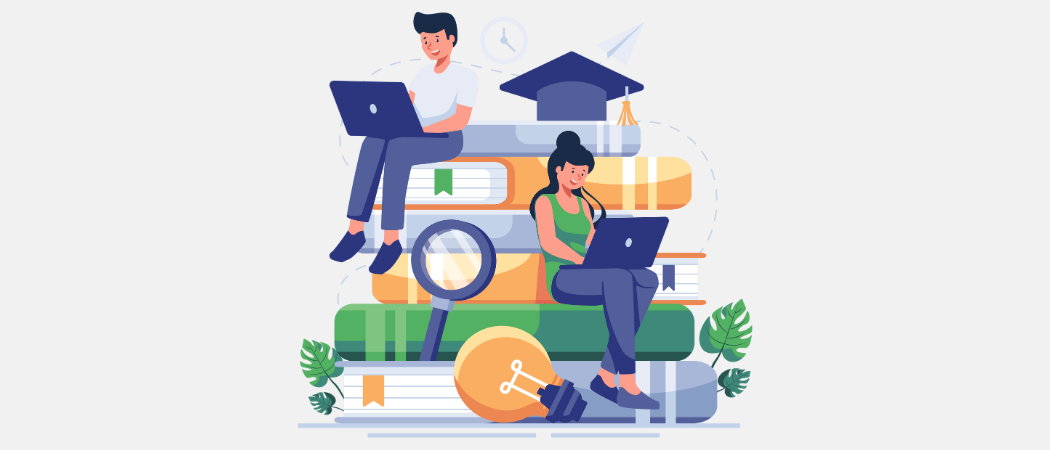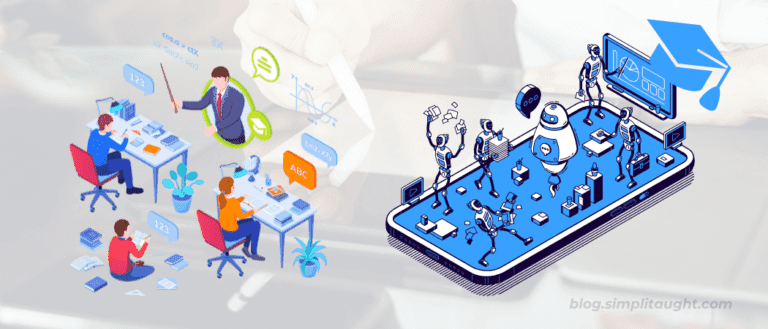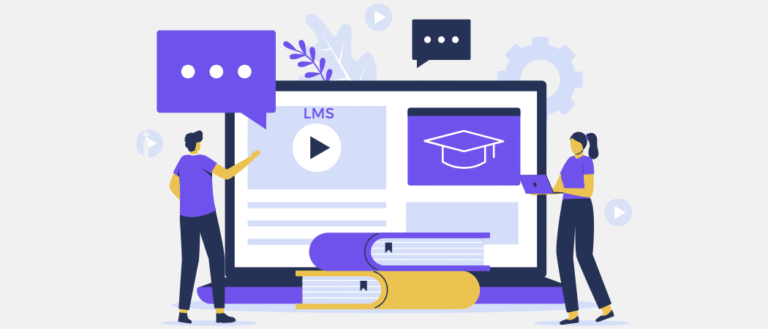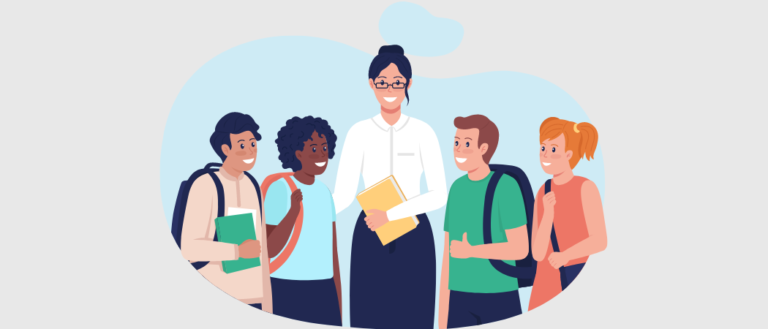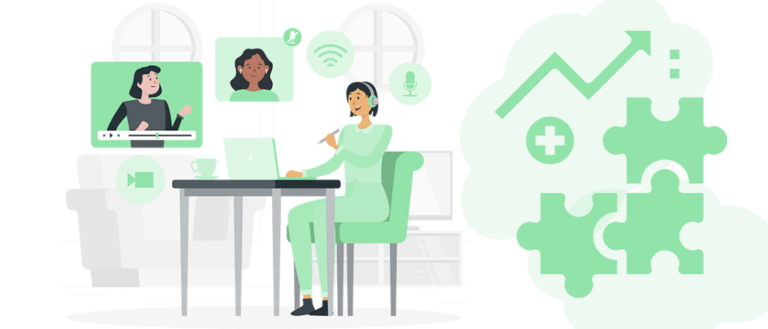How Personalized Learning Unlocks Student Potential
For centuries, education has largely operated on an industrial model: groups of students moving at the same pace, through the same material, with the same goal. While this standardized approach may be efficient, it fundamentally ignores a simple truth—every student is unique. They have different interests, learning paces, strengths, and challenges. The inevitable result? Some students get left behind, while others are not sufficiently challenged.
This is where personalized learning enters the scene, not as a fleeting trend, but as a profound transformation in educational philosophy. It’s a student-centered approach that advances education by tailoring instruction to meet the individual needs of each learner. Let’s explore how this powerful model is creating more equitable, engaging, and effective classrooms.
What is Personalized Learning? (It’s More Than Just Technology)
At its core, personalized learning is an educational model that customizes learning experiences based on a student’s:
- Pace: Students progress based on mastery of a subject rather than a fixed schedule.
- Interests: Curriculum connects to students’ passions, making learning more relevant.
- Learning Preferences: Instruction adapts to how a student learns best, whether visually, auditorily, or through hands-on practice.
While educational technology (EdTech) is a powerful enabler, personalized learning is first and foremost a mindset. It’s about shifting the focus from teaching to learning.
How Personalized Learning Advances Education: 5 Key Benefits
The move towards personalized learning isn’t just theoretical; it delivers tangible, transformative benefits that advance the entire educational ecosystem.
1. Fosters Mastery and Closes Learning Gaps
In a traditional classroom, the class moves on when the unit ends, regardless of whether every student has grasped the concepts. This creates knowledge gaps that widen over time. Personalized learning flips this script. It employs mastery-based progression, ensuring a student fully understands a concept before moving to the next. Adaptive learning platforms can identify these gaps in real-time and provide targeted exercises to address them, building a stronger foundation for future learning.
2. Dramatically Increases Student Engagement and Agency
When students have a voice in what they learn and how they learn it, they become active participants, not passive recipients. By connecting lessons to their interests—like using basketball statistics to teach math or video game narratives to teach storytelling—educators can ignite intrinsic motivation. This sense of ownership and agency empowers students, making them more invested in their educational journey and fostering a lifelong love of learning.
3. Develops Critical 21st-Century Skills
Personalized learning environments often involve project-based learning, collaborative projects, and self-paced study. These methods naturally cultivate essential skills like critical thinking, problem-solving, self-direction, and time management. Students learn how to learn, a meta-skill that is infinitely more valuable in our rapidly changing world than memorizing static facts.
4. Provides Actionable Data for Educators
Personalized learning empowers teachers with rich, actionable data. Instead of relying solely on periodic test scores, educators can use analytics dashboards to see exactly which students are struggling, which have mastered a skill, and what specific concepts need re-teaching. This data allows for timely, targeted interventions and frees up teachers to provide more one-on-one support, transforming their role from lecturer to facilitator and mentor.
5. Promotes Equity and Inclusivity
Every student enters the classroom with a different background and set of experiences. Personalized learning advances educational equity by meeting students where they are. It provides scaffolding and support for those who need it and offers enrichment and acceleration for those who are ready to dive deeper. This ensures that all learners, including those with special needs or language barriers, can access and engage with the curriculum in a way that works for them.
The Role of Technology in Personalization
While not the entire story, technology is a powerful catalyst for personalized learning. AI-driven platforms (like SimpliTaught) can analyze student performance to recommend tailored content. Adaptive learning software adjusts the difficulty of problems in real time. These tools provide the scalability that makes personalized learning feasible in classrooms of all sizes, giving teachers the insights they need to guide each student effectively.
Personalized Is the Future
Personalized learning is more than an instructional strategy; it’s a commitment to recognizing and nurturing the unique potential within every student. By shifting from a standardized model to a personalized one, we advance education into a new era—one defined not by compliance, but by curiosity, mastery, and genuine preparation for the future.
The goal is no longer to teach a class. The goal is to teach every student in it.
